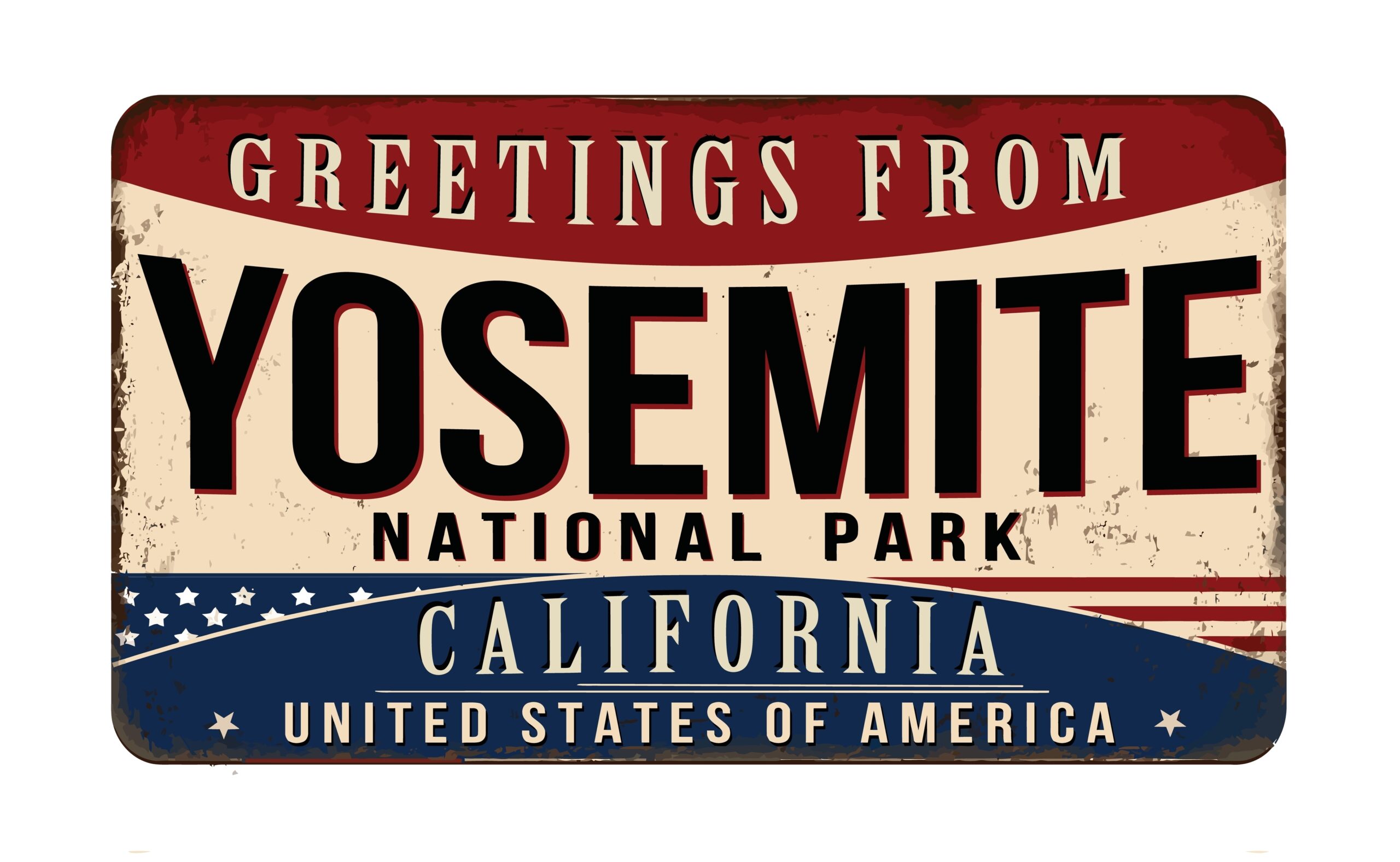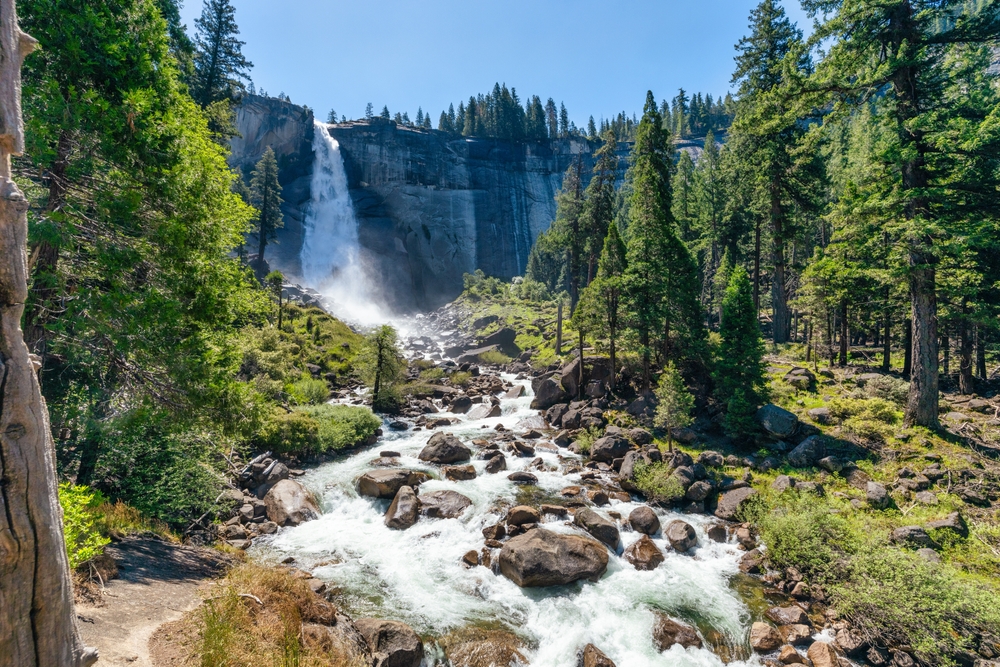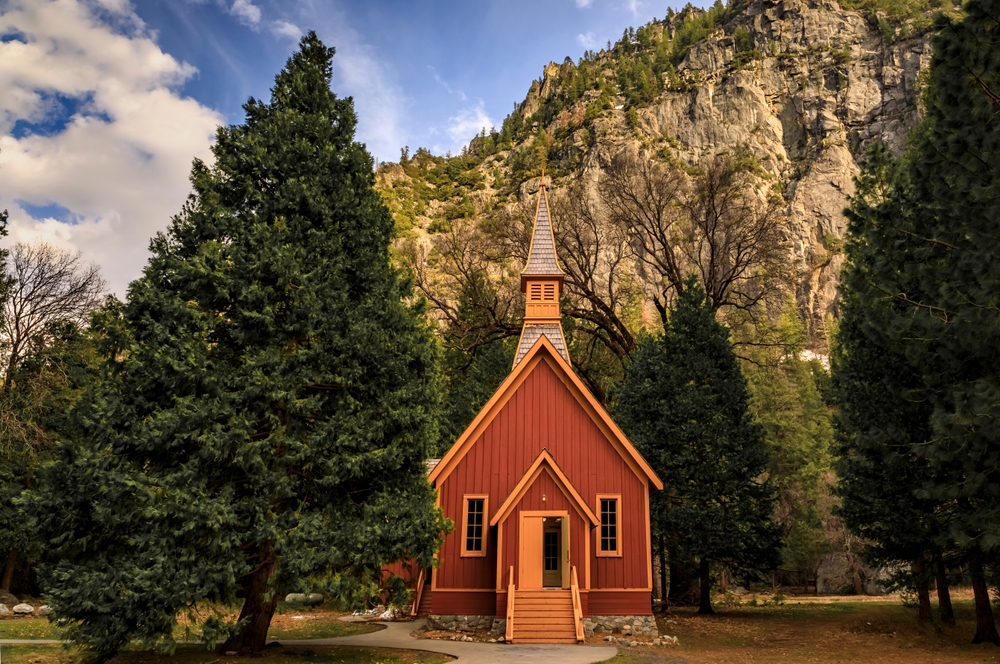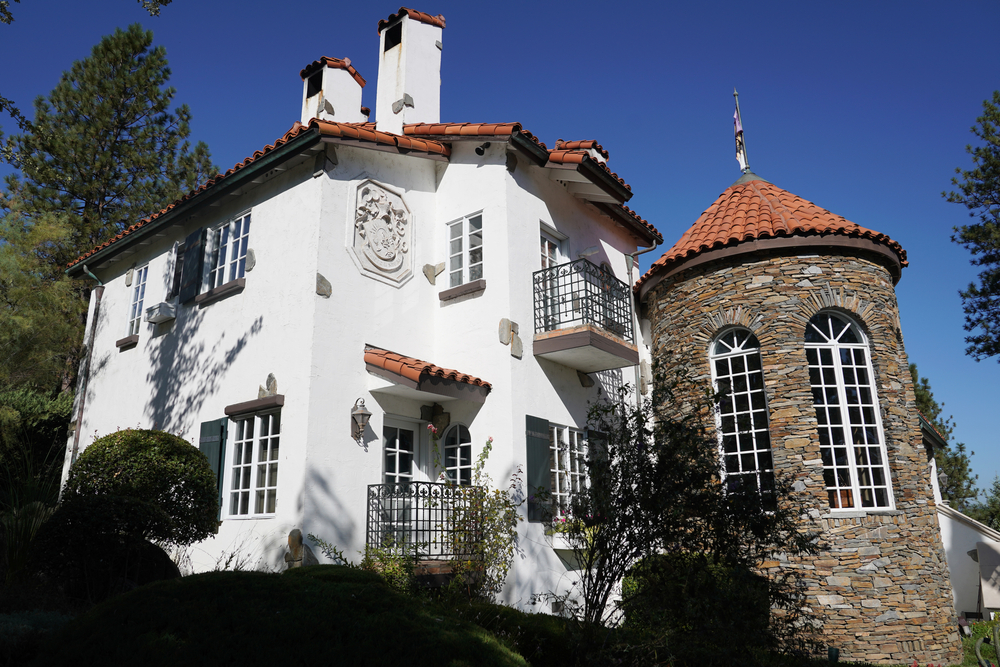A postcard from Yosemite..

An adventuring planners view on housing considerations in Yosemite National Park…

Stop 2 on my adventure, the mountains and waterfalls of Yosemite become, refreshment from the dichotomy’s of San Francisco…On first visiting Yosemite, I was immediately struck by the tension between the sheer beauty and grandeur of its natural scenery and the modest scale of its housing provisions. Unlike the historic evolution of settlements of an English countryside, where dwellings and services have grown organically with the needs of the community, this was quite different .
I understand that the park, its inhabitants and name have an interesting background. Southern Sierra Band of Miwok Indians, also known as the Ahwahnechee (Awani) people who lived in the park from the 14th century[1],with archeolgical evidence suggesting inhabitants used the valley since 5,500 years ago.
The Ahwahneechee people themselves originally called the valley “Ahwahnee” which means ‘big mouth’.

The park’s name, “Yosemite,” is derived from the Native American Miwok word “yohhe’meti,” which means ‘they are killers’ which referred to the Ahwahneechee (not grisly bears as is commonly thought!)
With the Gold rush, Miners came to the areas in the 1850’s, as did tourism and the need to protect the valley was initiated. Familiar tales of dispossession and confit commenced amidst the magnificent peaks and waterways.
The National Park was designated in 1890 but was a protected area from 1864 under the Yosemite Grant. Housing within Yosemite has been shaped by the balance between preservation and human presence. Early accommodations were rustic hotels and camps that catered to adventurous travellers, such as the Wawona Hotel (1876)[2] (currently closed) and the Yosemite Valley camps (early booking required!).
By the early 20th century, the cars brought more tourism and a pressure for more housing facilities. Concession lodges leased from the national park and cabins multiplied, which raised concerns over environmental impacts. The National Park Service, formed in 1916, began developing policies that limited private development while allowing controlled visitor sites such as Curry Village (Half Dome Village) and the Ahwahnee Hotel (1927)[3].
Now, visitor accommodation has evolved from canvas camps and rustic cabins into more permanent structures, however these do appear to be carefully confined to designated areas, avoiding the unchecked sprawl that might mar the valley’s views and vistas. Employee housing is necessarily but it, too, is restrained to functional options to ensure the park’s character is maintained.
From a planning perspective, Yosemite illustrates a deliberate discipline: every dwelling, whether for guest or employee, must justify its place against the overarching purpose of conservation. It is a model where necessity is acknowledged, yet nature remains paramount—a lesson in restraint and foresight from which even our own towns might profit.
Today, housing in Yosemite remains a complex issue: visitor demand must be met with sustainable infrastructure, while staff housing is essential for the functioning of the park. Throughout its history, Yosemite’s housing policies reflect the broader tension in American conservation—welcoming people into nature while ensuring its protection for generations to come.

[1] https://www.nps.gov/yose/learn/historyculture/yosemite-indians.htm
https://www.yosemite.com/yosemite-mariposas-first-people
[2] https://www.yosemite.com/places-to-stay/hotels-and-motels/wawona-hotel/
[3] https://www.travelyosemite.com/lodging/the-ahwahnee?utm_source=google&utm_medium=places&utm_campaign=google_places





